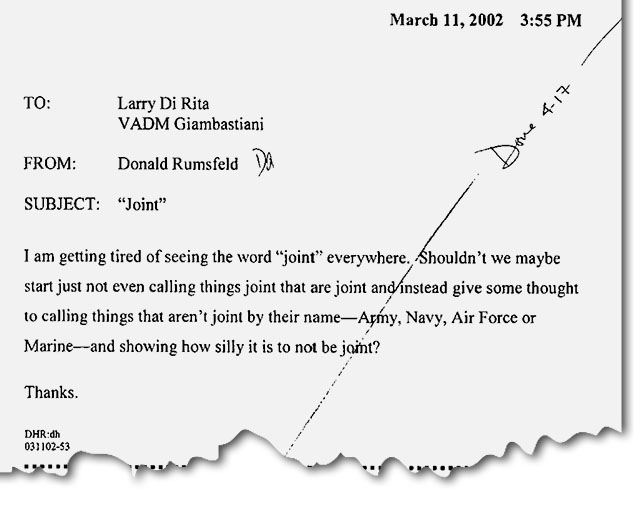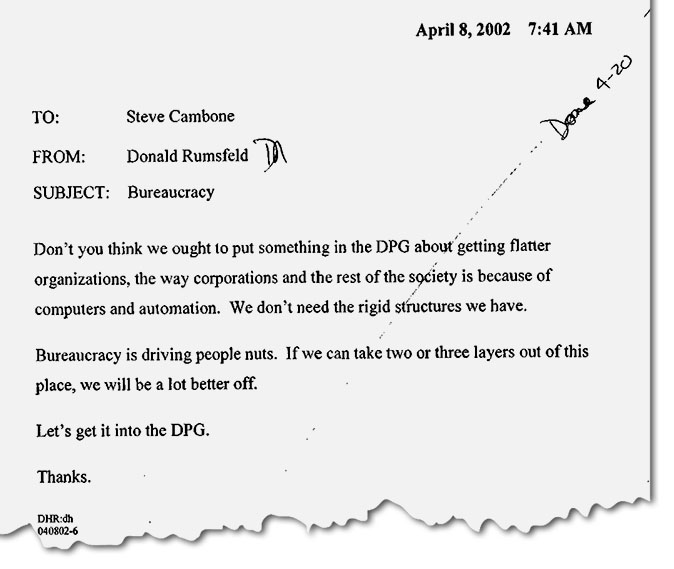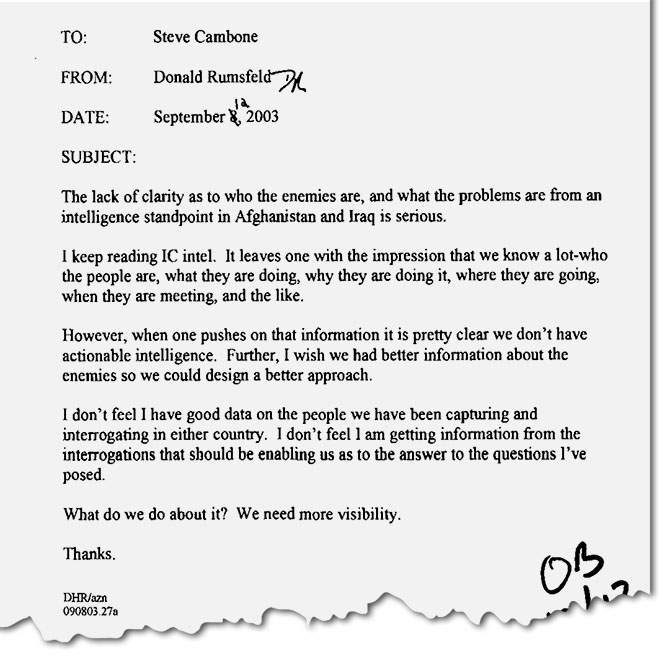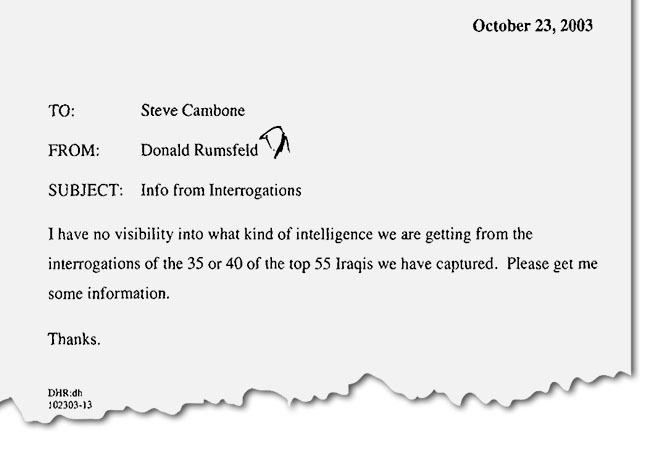 source
source
(Reuters) – The FBI is investigating a mysterious postcard sent to the home of cybersecurity firm FireEye’s chief executive days after it found initial evidence of a suspected Russian hacking operation on dozens of U.S. government agencies and private American companies.
U.S. officials familiar with the postcard are investigating whether it was sent by people associated with a Russian intelligence service due its timing and content, which suggests internal knowledge of last year’s hack well before it was publicly disclosed in December.
Moscow has denied involvement in the hack, which U.S. intelligence agencies publicly attributed here to Russian state actors.
The postcard carries FireEye’s logo, is addressed to CEO Kevin Mandia, and calls into question the ability of the Milpitas, California-based firm to accurately attribute cyber operations to the Russian government.
People familiar with Mandia’s postcard summarized its content to Reuters. It shows a cartoon with the text: “Hey look Russians” and “Putin did it!”
The opaque message itself did not help FireEye find the breach, but rather arrived in the early stages of its investigation. This has led people familiar with the matter to believe the sender was attempting to “troll” or push the company off the trail by intimidating a senior executive.
Reuters could not determine who sent the postcard. U.S. law enforcement and intelligence agencies are spearheading the probe into its origin, the sources familiar said.
The FBI did not provide comment. A FireEye representative declined to discuss the postcard.
A disinformation researcher from the Rand Corporation, Todd Helmus, received a similar postcard in 2019, based on an image of it Helmus posted to Twitter. Helmus, who studies digital propaganda, said he received the postcard after testifying to Congress about Russian disinformation tactics.
FireEye discovered the Russian hacking campaign – now known as “Solorigate” for how it leveraged supply chain vulnerabilities in network management firm Solarwinds – because of an anomalous device login from within FireEye’s network. The odd login triggered a security alert and subsequent investigation, which led to the discovery of the operation.
FireEye worked closely with Microsoft to determine that the infiltration at FireEye in fact represented a hacking campaign that struck at least eight federal agencies including the Treasury, State and Commerce Departments.
When the postcard was sent, FireEye had not yet determined who was behind the cyberattack. A person familiar with the postcard investigation said “this is not typically the Russian SVR’s playbook” but “times are rapidly changing.” SVR is an acronym for the Foreign Intelligence Service of Russia.
A former U.S. intelligence official said the postcard reminded him of a now public mission by U.S. Cyber Command where they sent private messages to Russian hackers ahead of the 2018 congressional elections in the United States.
“The message then from the U.S. was ‘watch your back, we see you’ similar to here,” the former official said.
The extent of the damages tied to the U.S. government hack remains unclear. Emails belonging to senior officials were stolen from an unclassified network at the Treasury and Commerce Departments.
Related reading: Third malware strain discovered in SolarWinds supply chain attack
Now known in the cyber world, the heck of Solarwinds continues to rock the nation.
Kaspersky reports finding code similarities between the Sunburst backdoor in SolarWinds’ Orion platform and a known backdoor, Kazuar, which Palo Alto Networks in 2017 associated with the Turla threat group. Kaspersky is cautious about attribution, and notes that there are several possibilities:
- Sunburst and Kazuar are the work of the same threat group.
- Sunburst’s developers borrowed from Kazuar.
- Both backdoors derived from a common source.
- Kazuar’s developers jumped ship to another threat group that produced Kazuar.
- Whoever developed Sunburst deliberately introduced subtle false flag clues into their code.
Reuters points out that Estonian intelligence services have long attributed Turla activity to Russia’s FSB (which was unavailable to Reuters for comment).
In an updated Solorigate advisory, CISA released detection and mitigation advice for post-compromise activity in the Microsoft 365 (M365) and Azure environment.
The US District Court for the Southern District of Ohio has responded to Solorigate by requiring that court documents be filed on paper, the Columbus Dispatch reports.
***
Related reading: The SolarWinds Hackers Shared Tricks With a Notorious Russian Spy Group
Reuters: Investigators at Moscow-based cybersecurity firm Kaspersky said the “backdoor” used to compromise up to 18,000 customers of U.S. software maker SolarWinds closely resembled malware tied to a hacking group known as “Turla,” which Estonian authorities have said operates on behalf of Russia’s FSB security service.
The findings are the first publicly-available evidence to support assertions by the United States that Russia orchestrated the hack, which compromised a raft of sensitive federal agencies and is among the most ambitious cyber operations ever disclosed.
Moscow has repeatedly denied the allegations. The FSB did not respond to a request for comment.
Costin Raiu, head of global research and analysis at Kaspersky, said there were three distinct similarities between the SolarWinds backdoor and a hacking tool called “Kazuar” which is used by Turla.
The similarities included the way both pieces of malware attempted to obscure their functions from security analysts, how the hackers identified their victims, and the formula used to calculate periods when the viruses lay dormant in an effort to avoid detection.
“One such finding could be dismissed,” Raiu said. “Two things definitely make me raise an eyebrow. Three is more than a coincidence.”
Confidently attributing cyberattacks is extremely difficult and strewn with possible pitfalls. When Russian hackers disrupted the Winter Olympics opening ceremony in 2018, for example, they deliberately imitated a North Korean group to try and deflect the blame.
Raiu said the digital clues uncovered by his team did not directly implicate Turla in the SolarWinds compromise, but did show there was a yet-to-be determined connection between the two hacking tools.
It’s possible they were deployed by the same group, he said, but also that Kazuar inspired the SolarWinds hackers, both tools were purchased from the same spyware developer, or even that the attackers planted “false flags” to mislead investigators.
Security teams in the United States and other countries are still working to determine the full scope of the SolarWinds hack. Investigators have said it could take months to understand the extent of the compromise and even longer to evict the hackers from victim networks.
U.S. intelligence agencies have said the hackers were “likely Russian in origin” and targeted a small number of high-profile victims as part of an intelligence-gathering operation.













